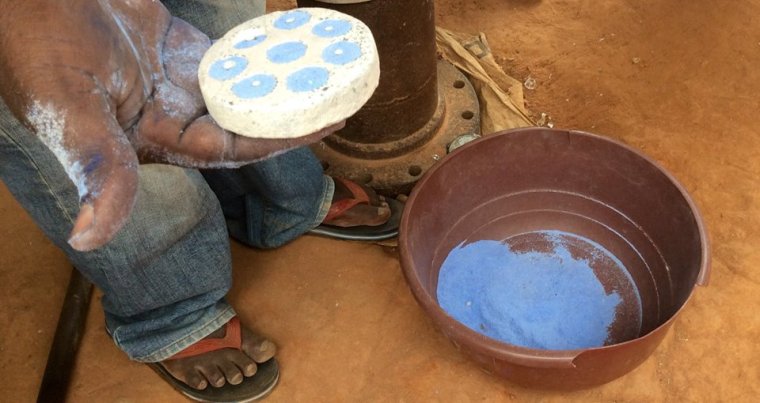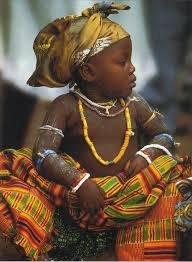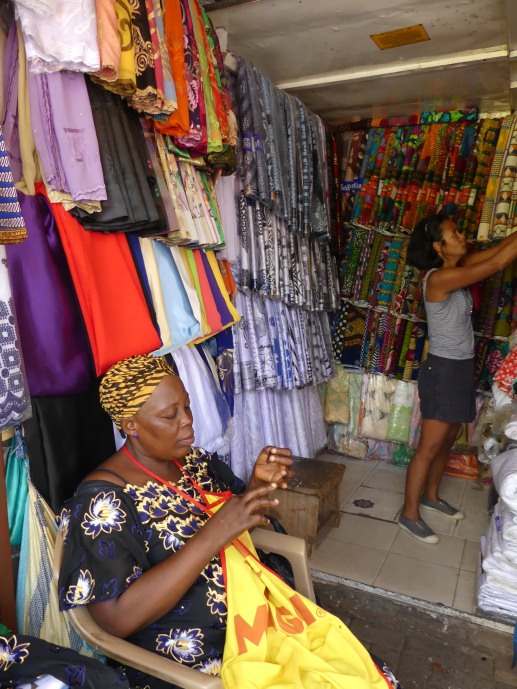Arts & crafts in Accra

AFRICAN ARTS AND CRAFT in Accra, Ghana
West Africa is rich in arts & crafts, and you can see this art in Ghana, in Accra, the capital.
Art for real fullfilment and love does not traditionally exist in Africa : everything that was crafted had some purpose behind it.
In Ghana, you can find beautiful hand woven textiles, old and new beads, brass works, gold jewelry, ceramics, paintings, sculptures, and wood carvings.
ARTS CENTER is not the only place to buy regional art, but where that sale takes place depends on what kind of story you want to tell about the purchase. ARTS CENTER, TETTEH QUARSHIE ART MARKET near Airport area., village Markets, Wild Gecko (a shop mostly dedicated to expats), Global Mamas (clothes shop in OSU) are the places to find it.
ARTS CENTER
The Centre for National Arts and Culture, popularly known as Arts Centre, is located next to the Kwame Nkrumah Musoleum, off the High Street in Accra. The center became very popular in the 80’s for its leisure and entertainment.

Arts Centre is a wonderful maze of more than 100 stalls which have all a number on the top of their roof for te ones outside.
When my car’s door opened, handshakes and a hearty welcome to the Accra welcomed me in Arts Center.
However, it does not look like very nice, big, orderly building…. Rather, it is a crowded collection of vendor stalls who will do anything to invite you to come and see their products: joke, sing, tug at sleeves… from your car parking.
TIPS TO HAVE A GOOD SHOPPING EXPERIENCE
Visiting the Arts center may be an exciting experience for tourists who are not used to the aggressive but thrilling negociation process … Hawkers attack from all sides as soon as you arrive, but if you’re not exhausted by the scrum you can find cheap and nice gift to buy!
A tips : if you say nothing, theses vendors will take you to their stall unless you asked them nicely several times. So try to be hard when saying NO because after that you will have one then 2, and 3,4,5 vendors following you saying “Please, sister, have a look at my shop!” !!

Tourists equal big money and for market sellers, this competition for foreign dough can easily turn into shouting matches about somebody’s mama. Most of all, they sell the same products among craf staf, jewelry, fabrics…
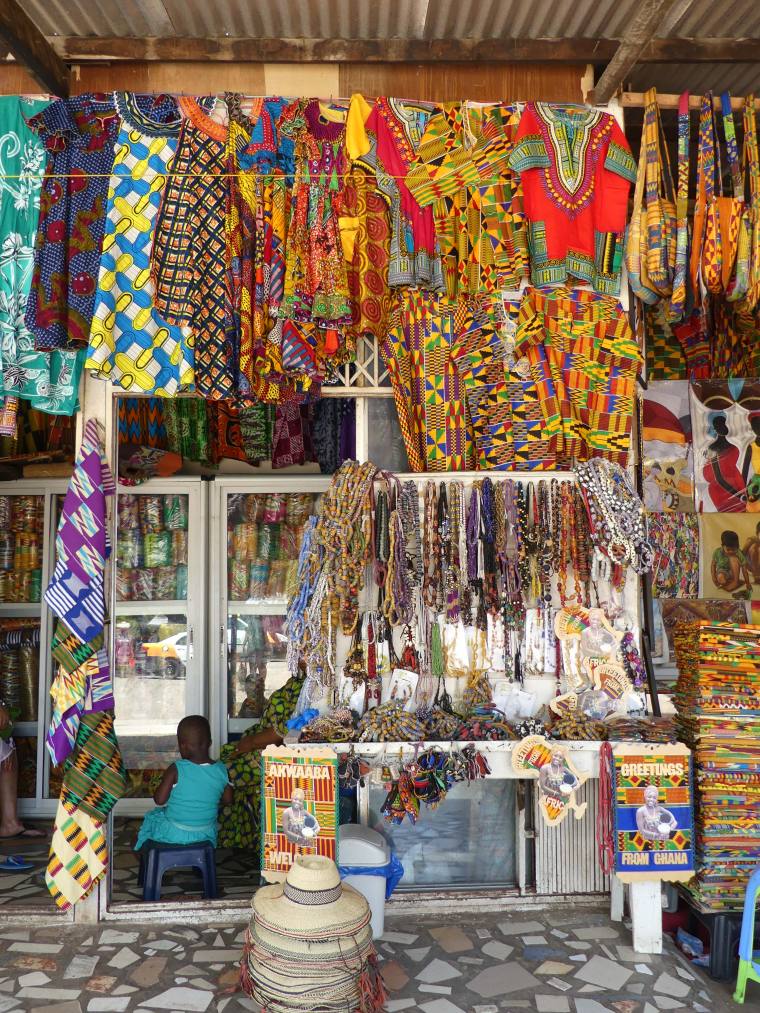
Personnaly, I have been there several times there ewith friends and last time (for this article) I had Thomas, my driver. He came inside the Arts Center with me who was especially helpful in negotiating with me in their local language and also to take me pictures while looking to crafts product and negociating too:)

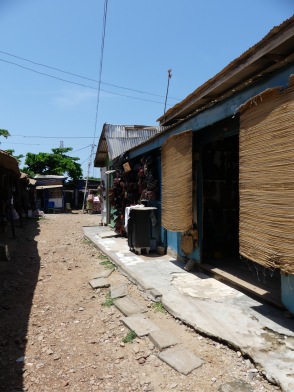
We walked along the “building,” which is really a cluster of stalls, towards the back, past old men leaning on scraggly wooden canes and bored children sitting in the dirt, glancing our way with feigned interest.
WHAT CAN YOU FIND INSIDE ARTS CENTER?
All kinds of handicrafts imaginable may be found in this market.
The items range from wood carvings, traditional musical instruments, cane and raffia products, leather ware, gold, silver and bronze jewelry, beads, clay products, antiques, paintings to ivory products, and many more.
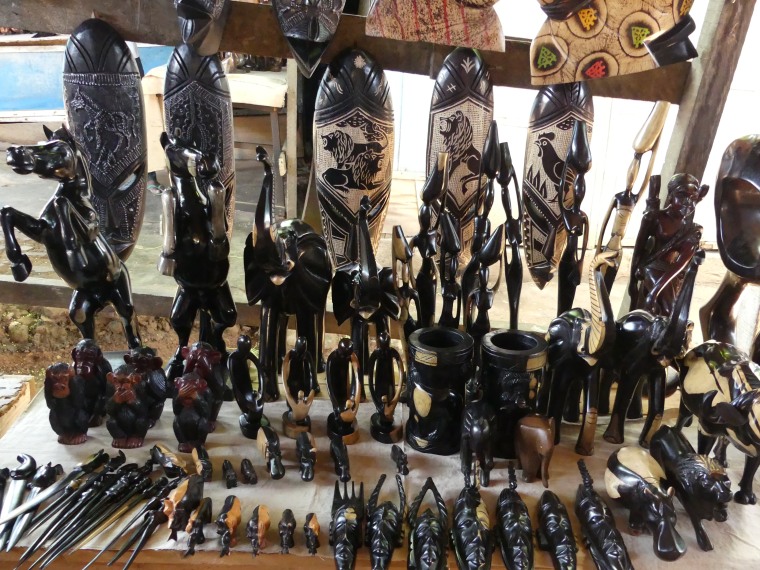
These items are brought to the markets from various parts of the country and also from other countries within the West African sub-region including, Mali, Burkina Faso, Niger, Cote d’Ivoire, Togo, Senegal and Nigeria.
The arts and craft market provides employment opportunities for many people. Skills have been developed in carving, painting, designing, metal works to service the market.
The buyers are made up of those purchasing a few items to customers who place orders for large quantities of various products. A lot of buyers are tourists and other foreigners visiting Ghana.
CRAFTS CHEAP PRICES
I already bought many craft things for my family, friends and ourselves.
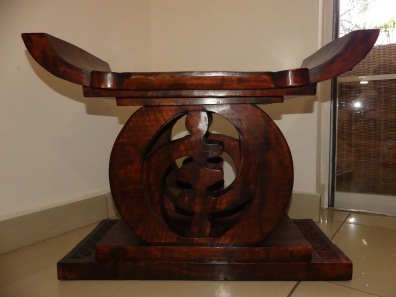
For exemple, I bought a “Chief Chair” for less than 400 GHC (100€) in a beautiful wood.
You can negociate a lot because they have the same products in different stalls and also you will n ot find many other tourist in the market!
For a salad tongs you will pay 5€, for a small elephant (6 cm) 8 €, I also bought a table for 10€ and a big giraf cost 75 €.
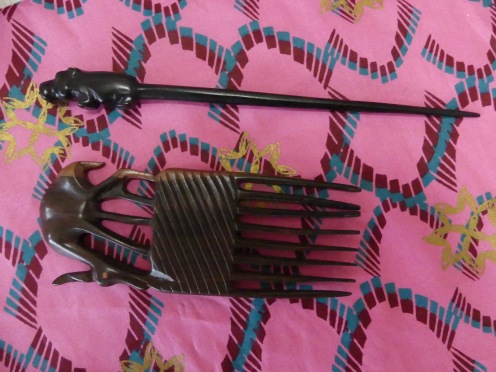
These african comb or stick cost me 4 € each.
All this is very well made and is cheap I think.
BUYERS FROM ALL OVER THE WORLD
Art center is in fact one of the most important tourist attraction sites in the City of Accra and in Ghana. For this reason, some international famous people visiting Ghana for official assignments are taken to the market to see and perhaps buy some of the crafts on display. These customers spend hundreds of thousands of cedis including foreign exchange at the place.
Because the craft market is very old and there’s been no investment in infrastructure, the structures housing the exhibits are very dilapidated. It is expected the safety and comfort of visitors would be better guaranteed when the rehabilitation and expansion takes place. The multi million dollar project would include the construction of market stalls, workshops, storerooms, restaurants, communication centers, show rooms and modern places of convenience. The Greater Accra Handicraft Dealers Association was formed in 1994.
Visitors at the market told that the market is very popular in Europe and America because of the variety and quality of the handicrafts available. Some of them said the items that they purchase are sent home as gifts for their loved ones and relations while others explained that they buy and resell in America and Europe.













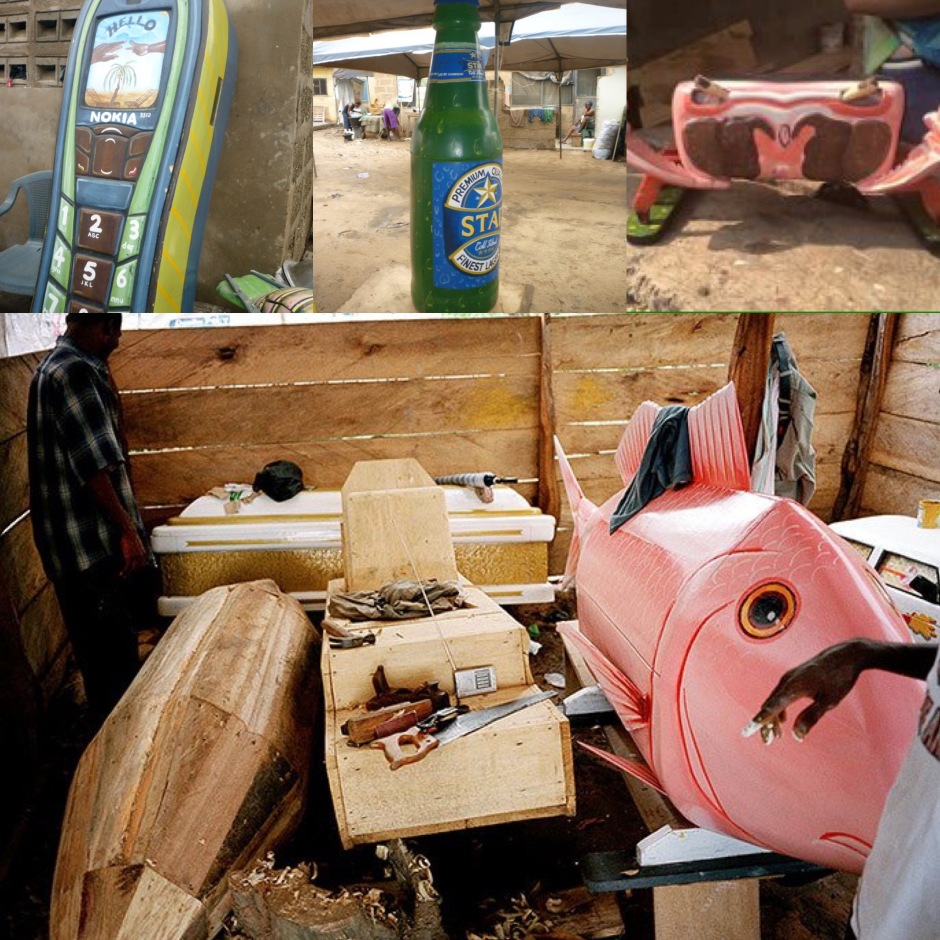

 I would have never find alone the Kane Kwei Coffins oldest shop in this road near Labadi Beach without Accra Accueil visit last year…
I would have never find alone the Kane Kwei Coffins oldest shop in this road near Labadi Beach without Accra Accueil visit last year…
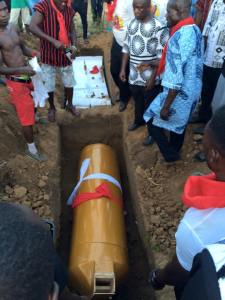






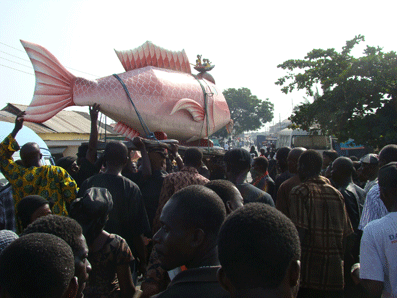
 The coffins are generally made from white light local wood and not very expensive as the wawa or Nyame Dua. It will take two to six weeks to produce the coffin.
The coffins are generally made from white light local wood and not very expensive as the wawa or Nyame Dua. It will take two to six weeks to produce the coffin.
 One shop may produce 20 coffins by months. There are about 10 in Accra.
One shop may produce 20 coffins by months. There are about 10 in Accra.







